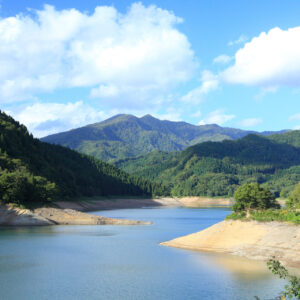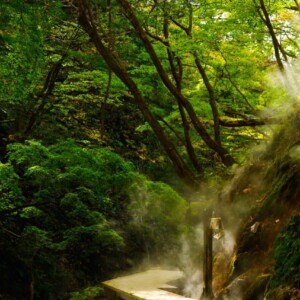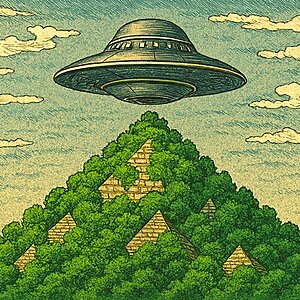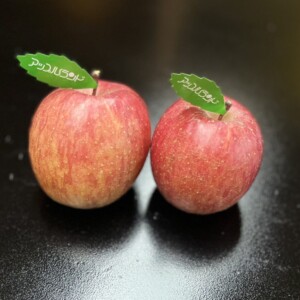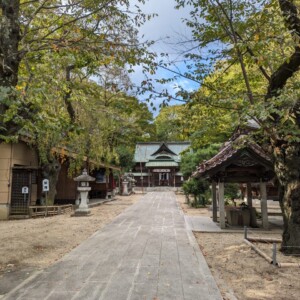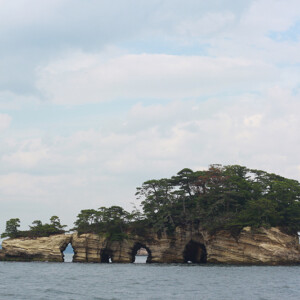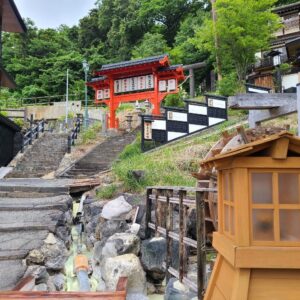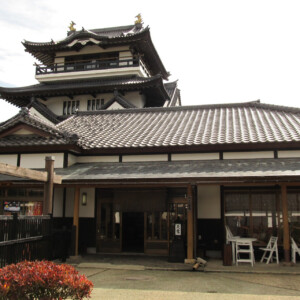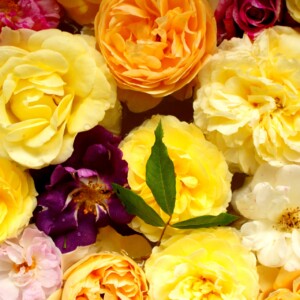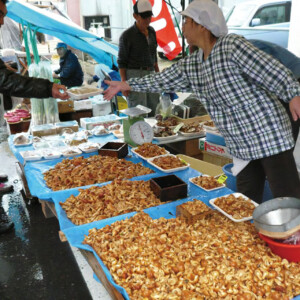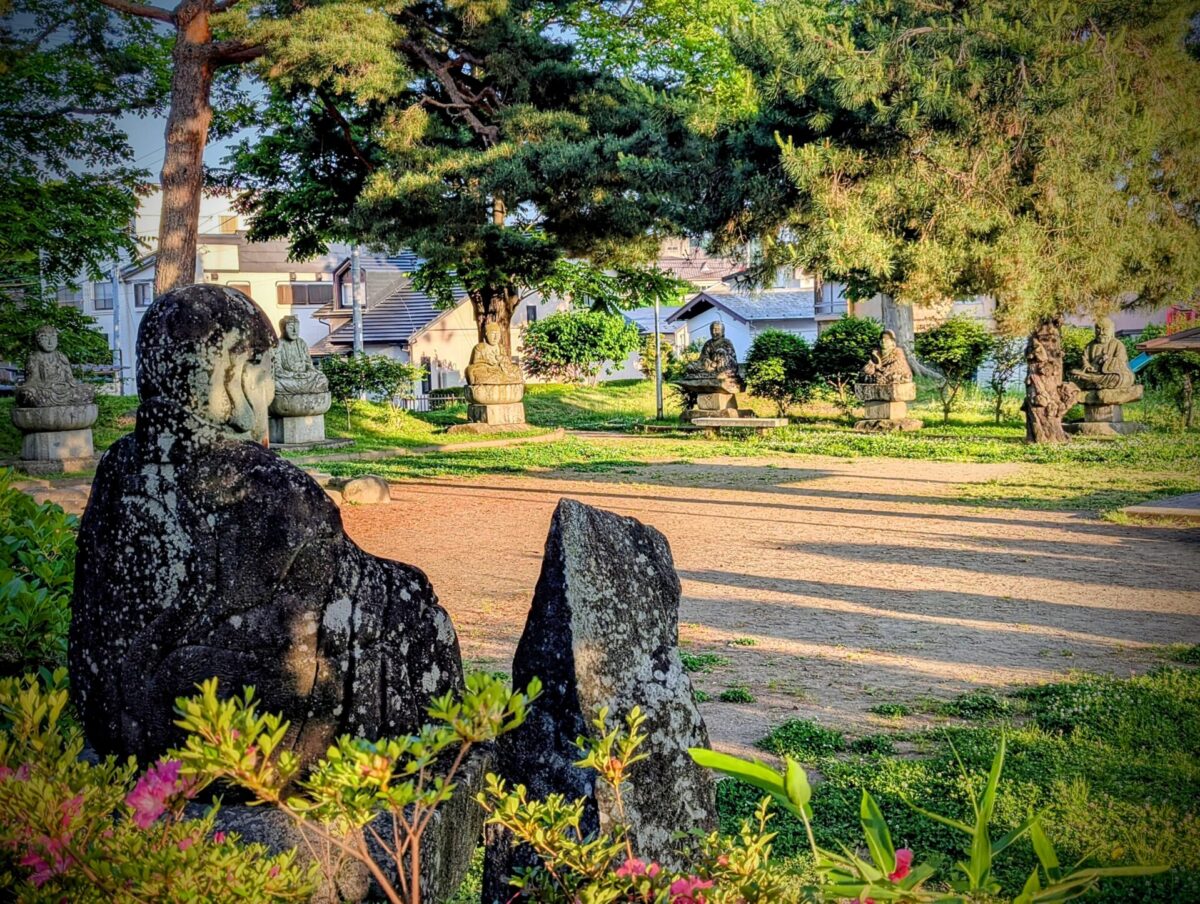
A mysterious park lined with impressive stone Buddha statues | Morioka City's "Rakan Children's Park" Historical Heritage Site [Iwate Prefecture]
table of contents
Morioka Hachimangu Shrine is the main shrine of Morioka City . If you walk south for a few minutes along Miyako Kaido, which runs north to south from the main entrance, you will see Rakan Children's Park
At first glance, it looks like an ordinary green space with few playground equipment nestled in a quiet residential area, but in fact, this is a park filled with mysterious sights that you rarely see anywhere else
Stone Buddha statues standing in a row surrounding the park
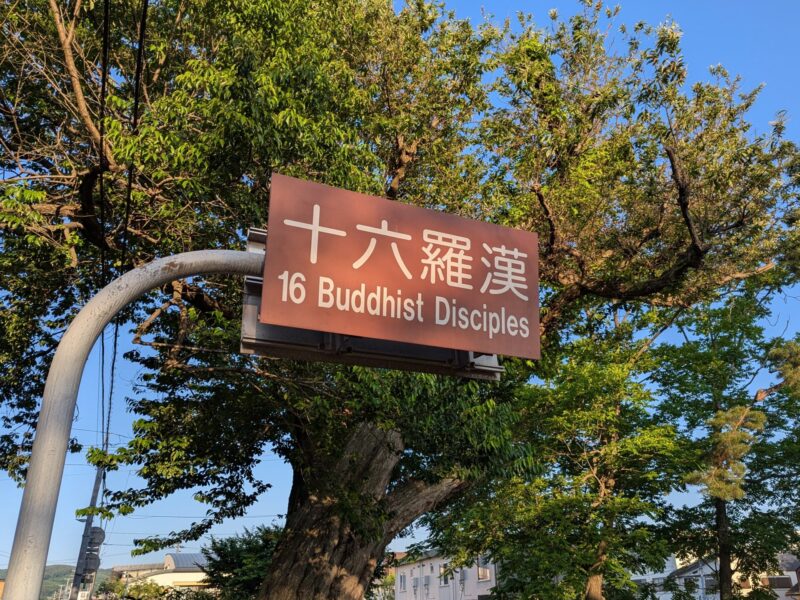
Rakan Children's Park is a park shaped like a rectangle that is long from east to west, and in the eastern half of the park, a group of giant stone Buddha statues are enshrined, arranged as if surrounding the grounds.
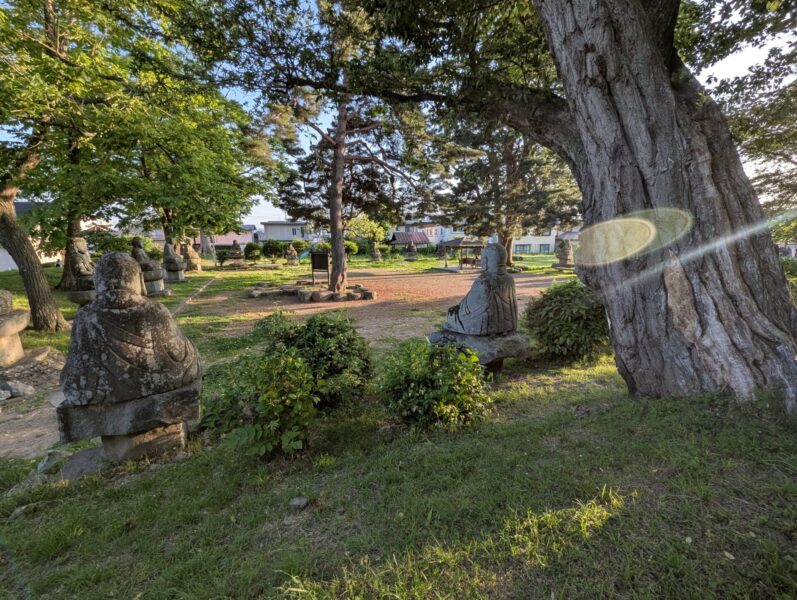
It's a slightly strange sight that 10 out of 10 people passing by without knowing what it was would do a double take. At the very least, the stone Buddhas are out of place in a space known as a "children's park." The answer is written on a signboard inside the park.
Stone Buddha statues left behind at the site of a former temple
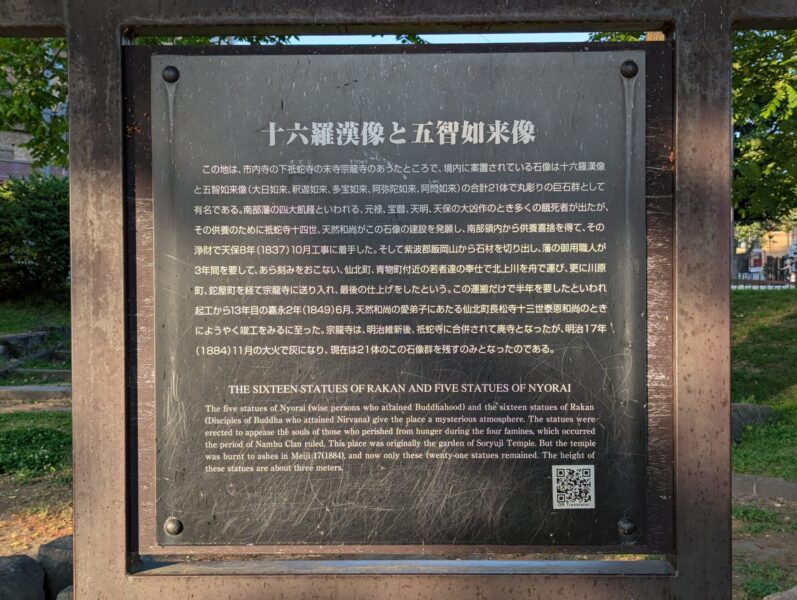
According to the information board, Soryuji , and the area where these stone Buddha statues are located was part of the temple grounds.
A group of stone Buddha statues erected to commemorate the victims of repeated famines
During the Edo period, food crises (famines) occurred repeatedly throughout Japan.
Morioka, which was under the control of the Nanbu clan, also experienced severe famines during the "four great famines of the Nanbu clan," resulting in an unprecedented food crisis that resulted in large numbers of people starving to death.
Therefore, Tennen Osho (later the third head priest of Soryuji Temple), who was the head priest of Gidaji Temple, the main temple of Soryuji Temple, made a vow to erect a stone Buddha statue as a memorial for the victims, and began construction after collecting donations from all over the Nanbu domain.
The stone Buddha statue was finally completed after approximately 13 years of construction, from 1837 (Tenpo 8) to 1849 (Kaei 2). However, by that time, the monk Tennen had already passed away, and his disciple, the monk Taion (the fourth abbot of Soryuji Temple), is said to have overseen the completion of the construction.
The temple was destroyed in a fire, and only the stone Buddha statues have survived to the present day.
After the Meiji Restoration, Soryuji Temple was merged with its main temple, Giddera Temple, and was soon abandoned.Then, in 1884 (Meiji 17), the temple buildings were burned down in a major fire, and only 21 stone Buddha statues remain on the site.
As time passed, the site of Soryuji Temple, including the stone statue, was donated to Morioka City in 1965 (Showa 40), and was developed into Rakan Children's Park, where it remains to this day.
Source: Seiryuzan Giyaji Temple – The Sixteen Arhats and Soryu-ji Temple
A group of stone Buddha statues consisting of 5 Tathagata statues and 16 Rakan statues
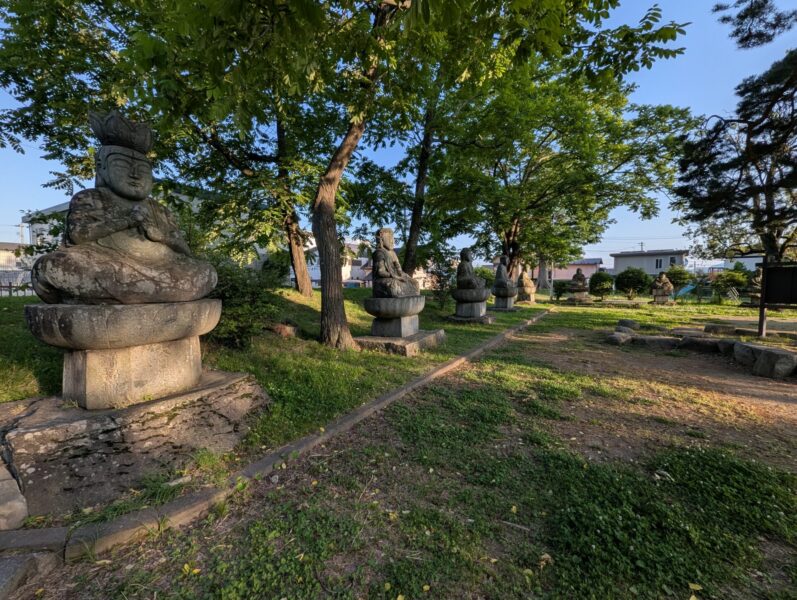
stone Buddha statues at Rakan Children's Park, including five statues of the Five Wisdom Buddhas and of the Sixteen Arhats
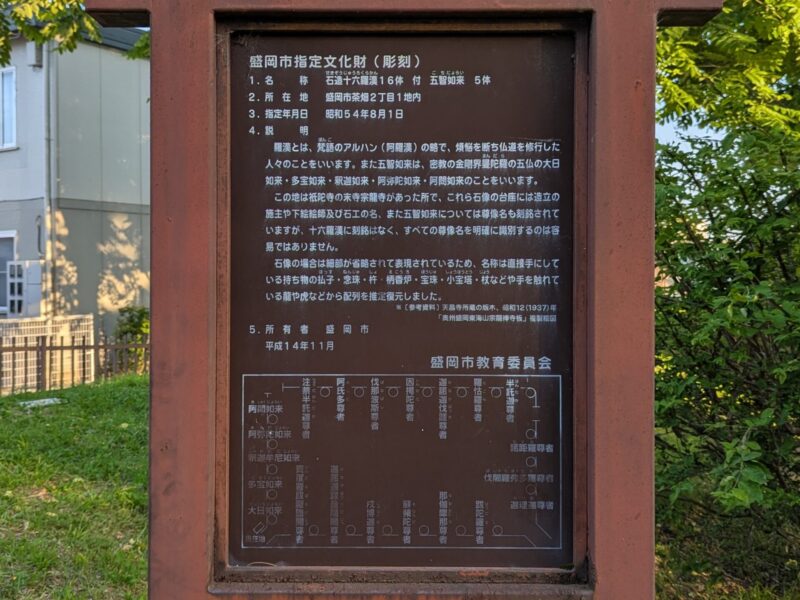
, the structure is different from the commonly known Five Wisdom Buddhas: Dainichi, Akshobhya, Hōshō, Amitabha, and Amoghavajra (who are identified with Shakyamuni)
- Dainichi Nyorai
- Taho Nyorai (Many Treasures Buddha)
- Shakyamuni Tathagata
- Amida Buddha
- Ashukunyorai
This is stated in the explanatory version.
The Sixteen Arhats are
- Bindrabara daja
- Kanakabassa
- Kanakabari Daja
- Subinda
- Nakora
- Badara
- Karika
- Vajaraputra
- Jubaka
- Hantaka
- Ragora
- Nakasaina
- Ingeda
- Banabas
- Ajita
- Chudahantaka
It is made up of 16 arhats who are said to "live in this world and have the role of saving people from suffering and difficulties."
However, it was also stated that since there are no clear inscriptions on the stone Buddha statues, which Arhat each represents is inferred from their belongings, etc.

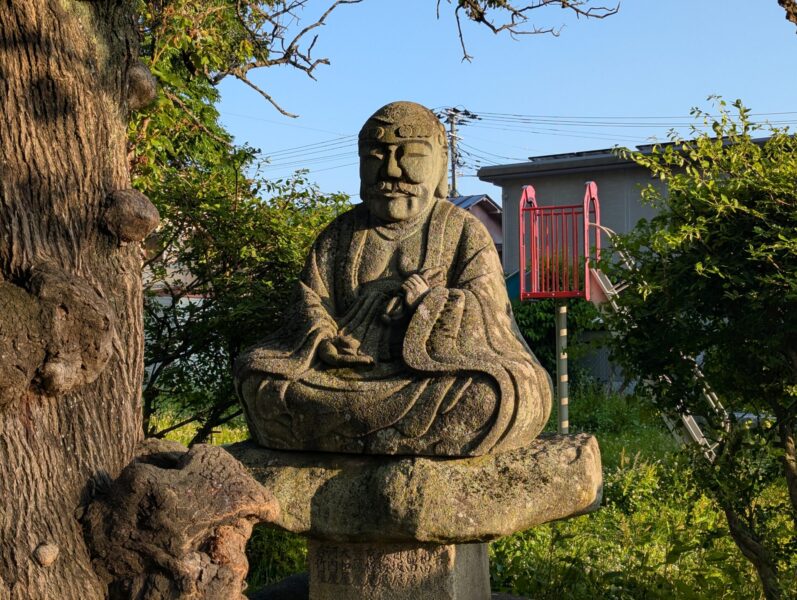
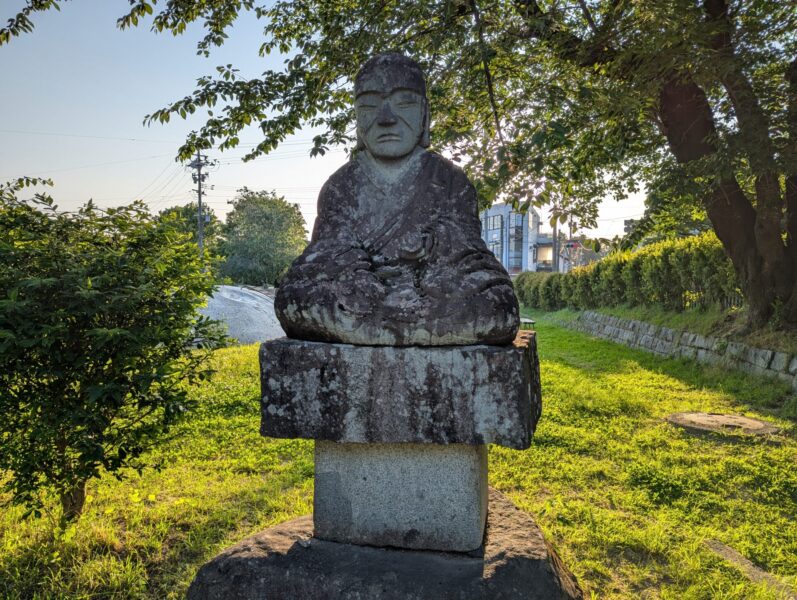
It has also been designated as a tangible cultural property of Morioka City, and is a heritage site of extremely high religious and historical value.
summary
Rakan Children's Park is a children's park where a historical heritage of 21 stone Buddha statues is mixed into a living space.
It's located quite close to Morioka Hachimangu Shrine, so it might be worth taking a little trip there. You'll be able to see some amazing sights that you won't see anywhere else!
Rakan Children's Park <Information>
- Name: Rakan Children's Park
- Address: 2-1-26 Chabata, Morioka City, Iwate Prefecture, 020-0822
- Phone number: -
- Official URL: Morioka City Official Website – Sixteen Stone Arhats


![Sakurayama Shrine | Photo report of the joint local performing arts dedication (October 12, 2025) [Morioka City, Iwate Prefecture] Sawame Lion Dance (Morioka City)](https://jp.neft.asia/wp-content/uploads/2025/10/DSC_0880-150x150.jpg)
![[Iwate Prefecture] A good old retro trip! 5 spots that will give you a feel for Morioka's history! JR Morioka Station](https://jp.neft.asia/wp-content/uploads/2022/09/30235522_m-150x150.jpg)
![[Iwate Prefecture] That person might have gone too! ? 5 recommended power spots in Iwate Prefecture 26634518_m](https://jp.neft.asia/wp-content/uploads/2023/06/26634518_m-150x150.jpg)
![[Recommended Autumn Festival: Iwate Edition 1] Let's go and see the gorgeous, elegant floats created by citizens! Hanamaki Festival](https://jp.neft.asia/wp-content/uploads/2024/09/ade8b7237e2cda824a8ff0f3980a8679-150x150.jpg)
![[Craft beer in Iwate Prefecture (Morioka City and Northern Prefecture area)] 7 unique local beers! craft beer](https://jp.neft.asia/wp-content/uploads/2022/07/23109609_m-150x150.jpg)

![4 power spots in Morioka City! Introducing historical sites that history lovers should visit [Iwate Prefecture] Morioka Castle Ruins 3](https://jp.neft.asia/wp-content/uploads/2023/06/70ec9edd8ce8468506446f3cf8324800-150x150.jpg)
![New Morioka specialty! I tried riding the Kitakami River boat transport experience attraction "Moriokamaru"! [Iwate Prefecture] Moriokamaru 1](https://jp.neft.asia/wp-content/uploads/2023/07/ea21f2021d5472b65042ad51a700059e-150x150.jpg)
